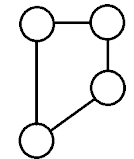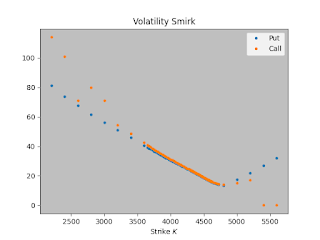Genetic Algorithm on TSP

In the previous blog post we discussed how Simulated Annealing can tackle the Travelling Salesperson Problem of connecting \(n\) cities with the shortest path (with every city visited exactly once). In this blog post we investigate another method, inspired by biology and Darwin's theory of evolution. We introduce some evolutionary terms and how they relate to the optimization task; an individual is a given solution/route, a population \(N\) of individuals is the set of \(N\) solutions/routes, a generation is the iteration count of the algorithm, the fitness of an individual is determined by the objective value (the lower the total distance of a route, the fitter that route is), the reproductive selection process, where individuals are stochastically chosen to become parents and reproduce to give offspring , the chromosome/gene of a solution is an encoding of that solution, the mutation of a chromosome is an elementary stochastic t...

